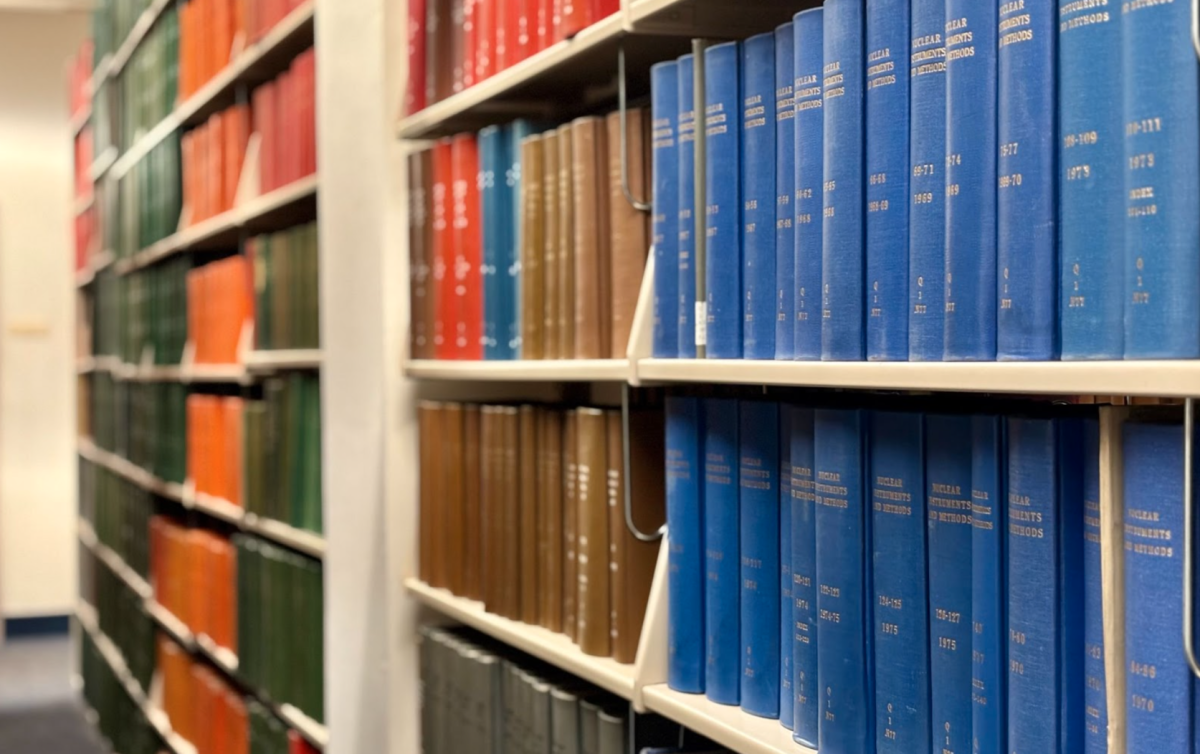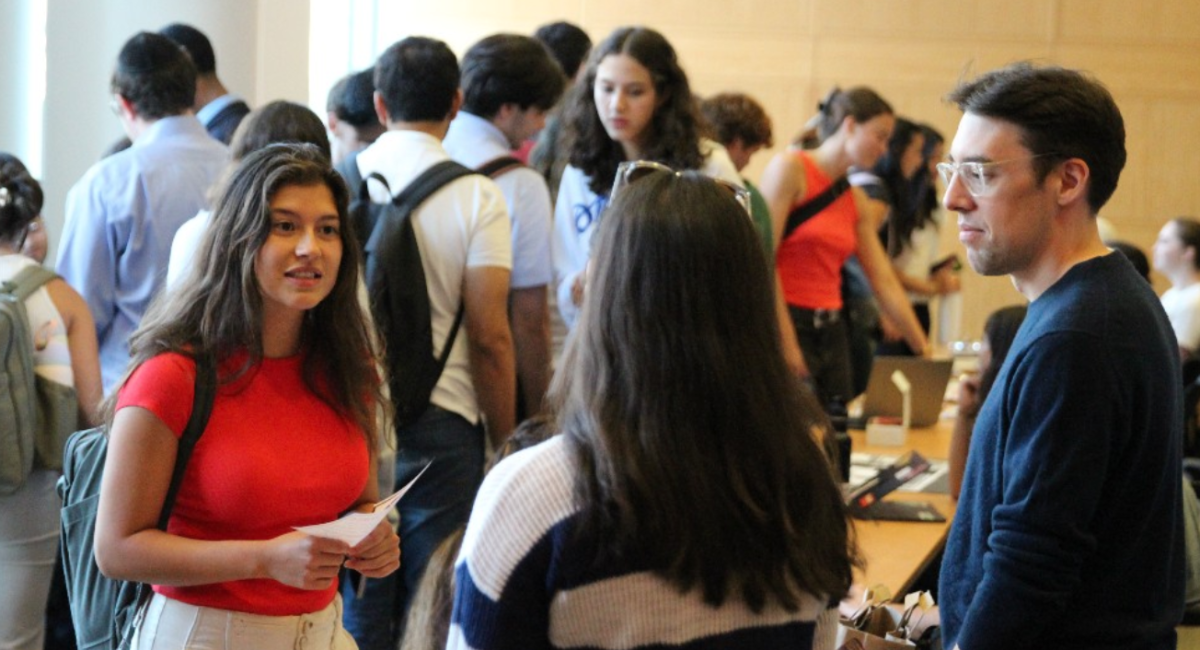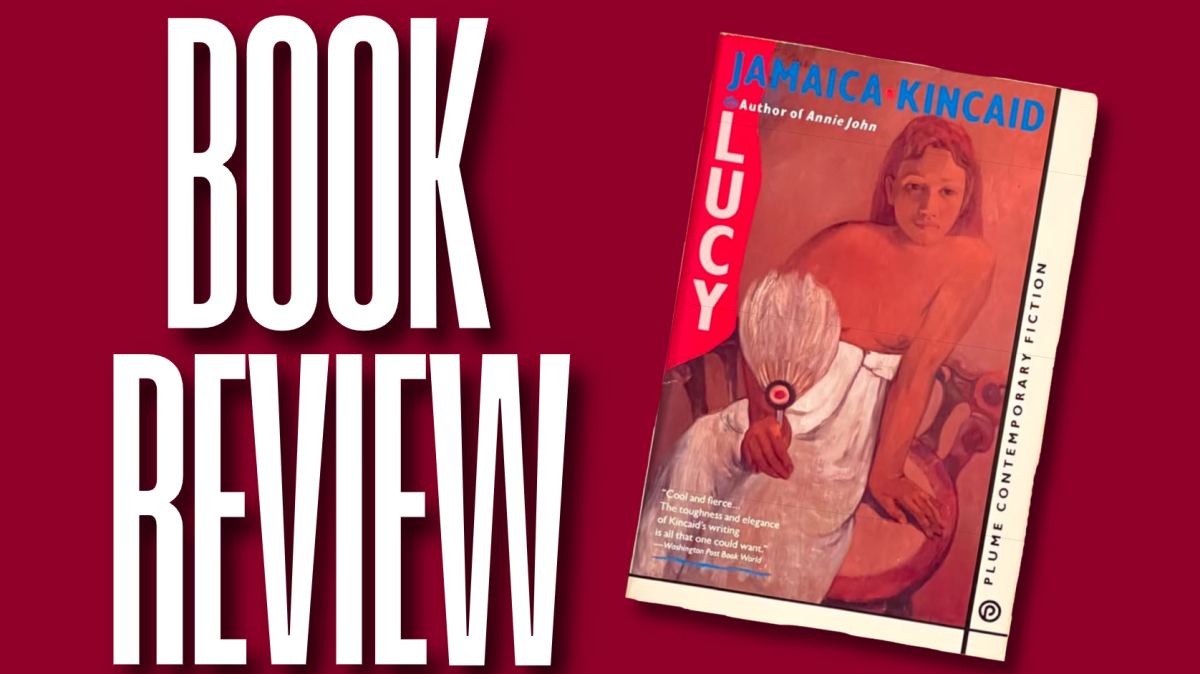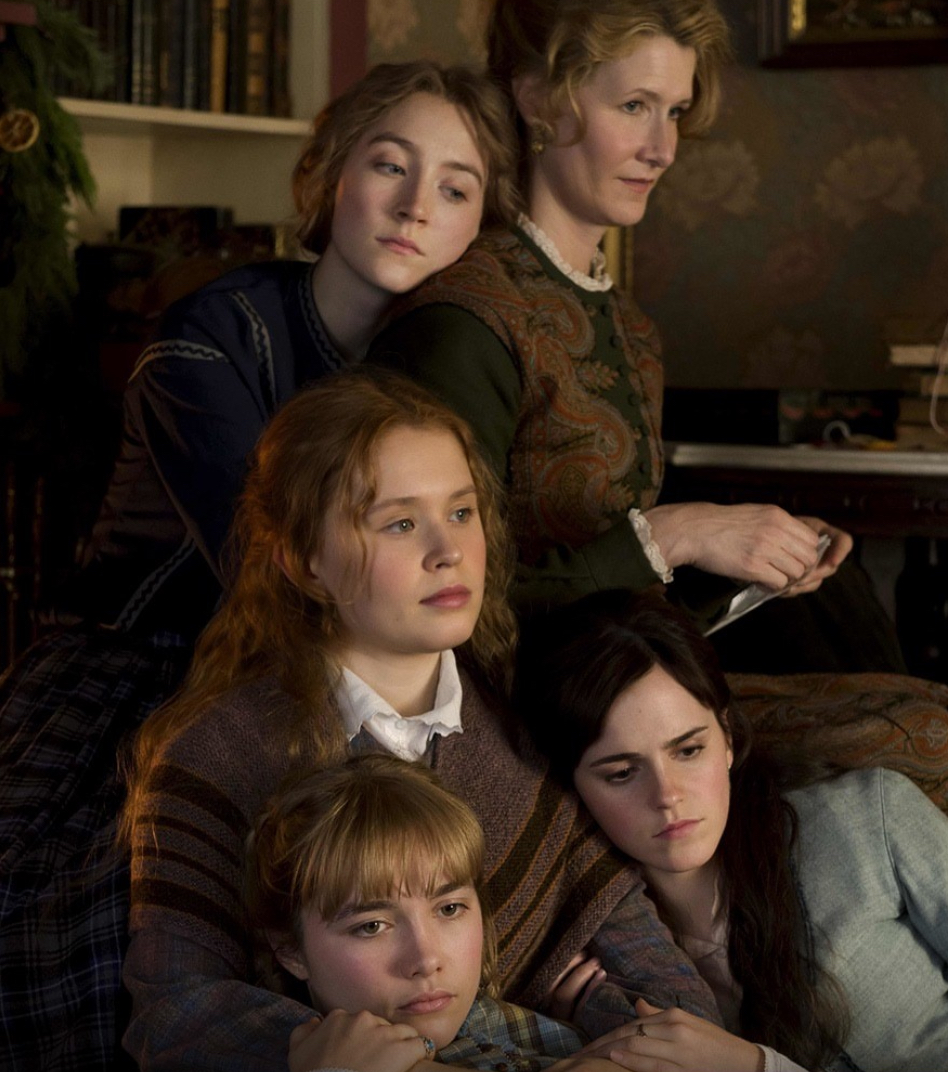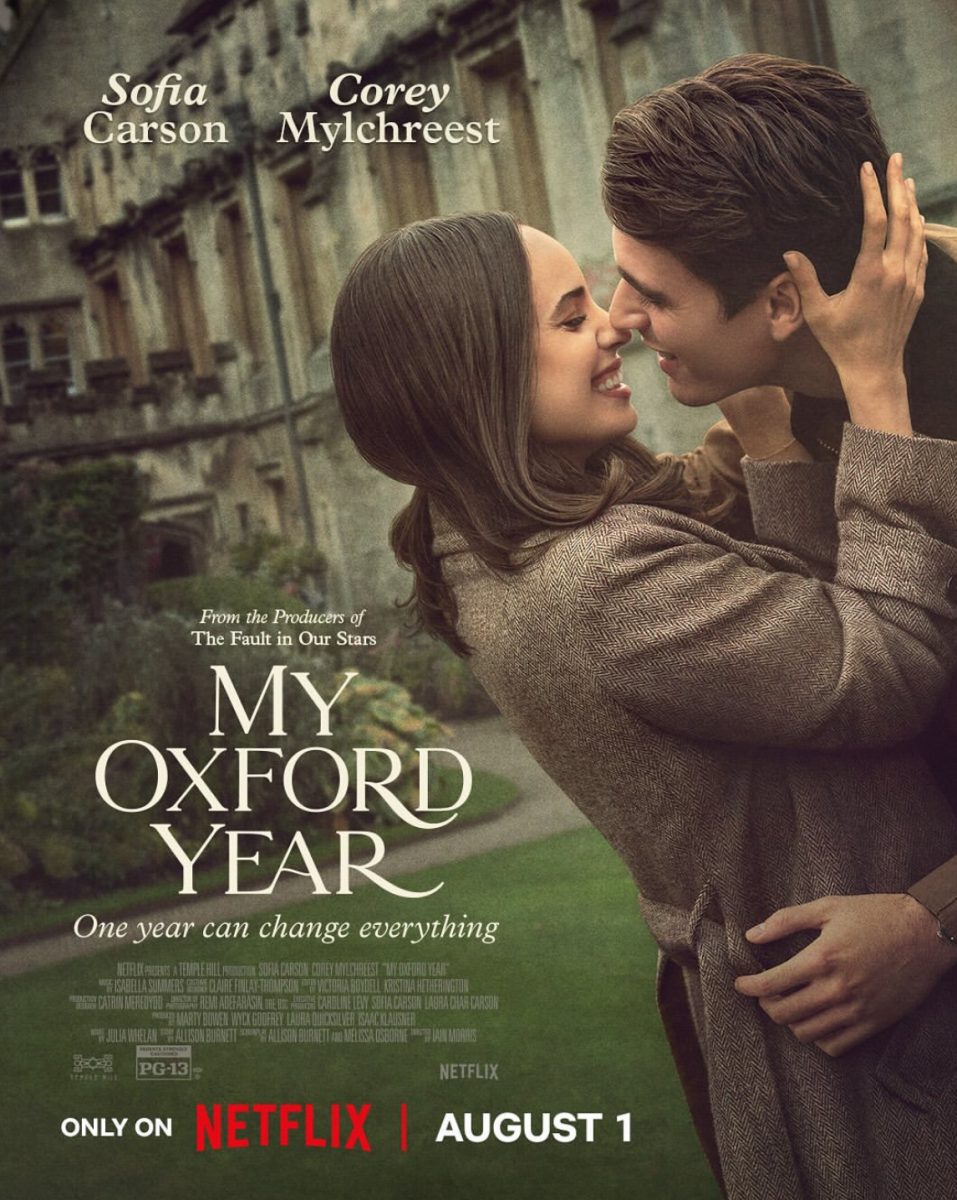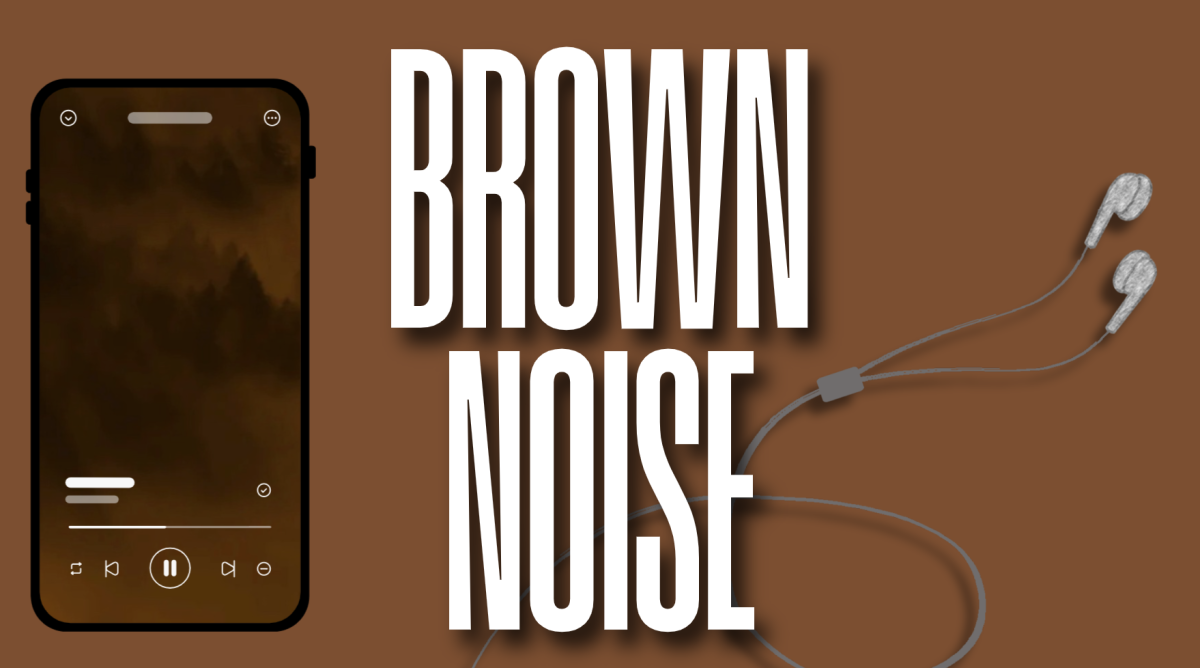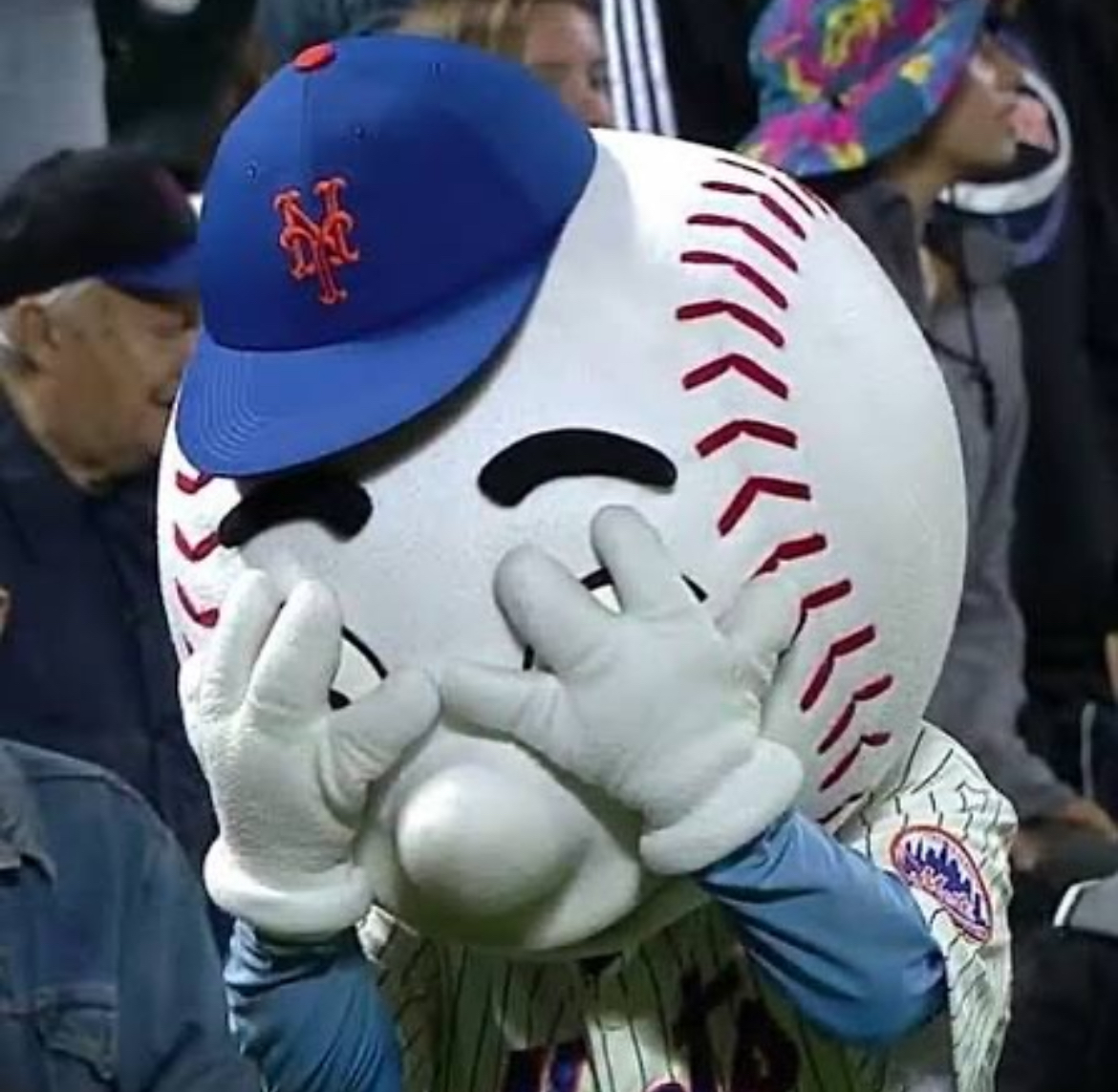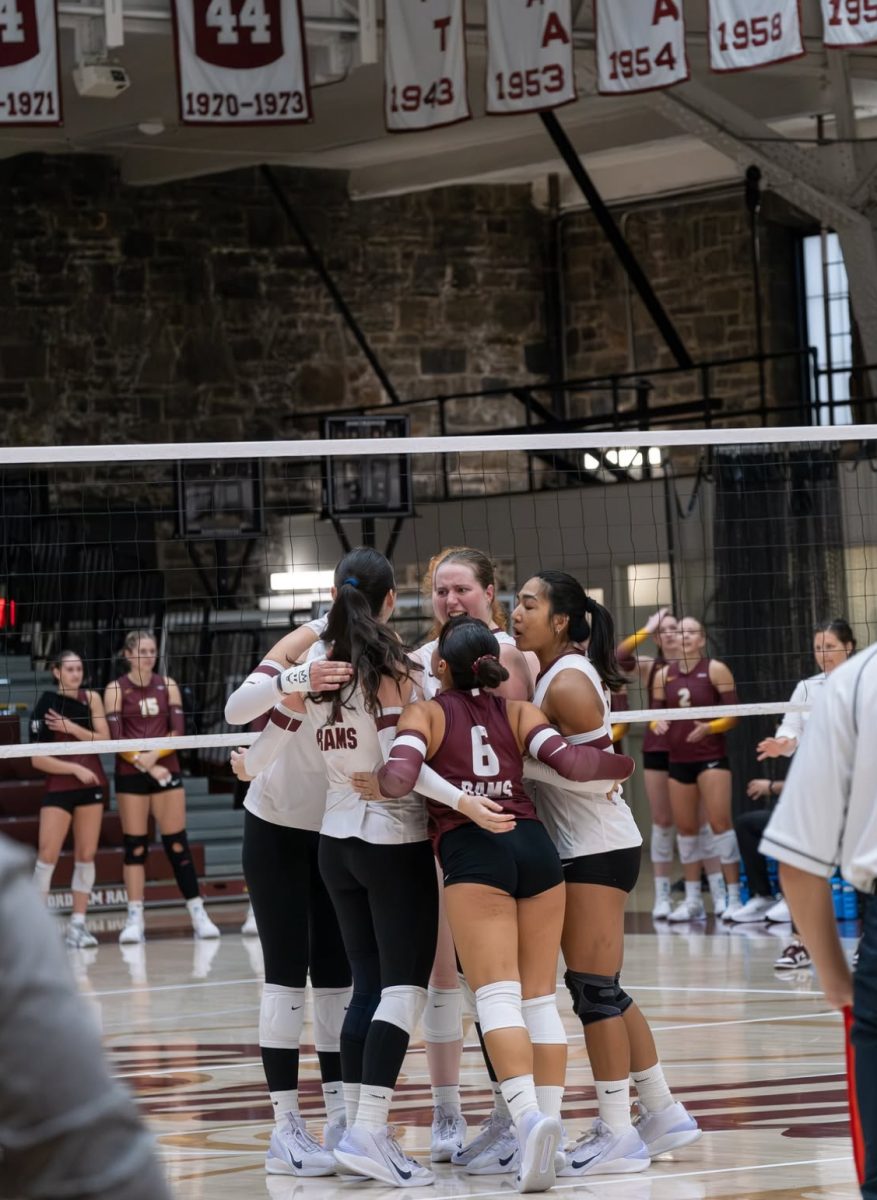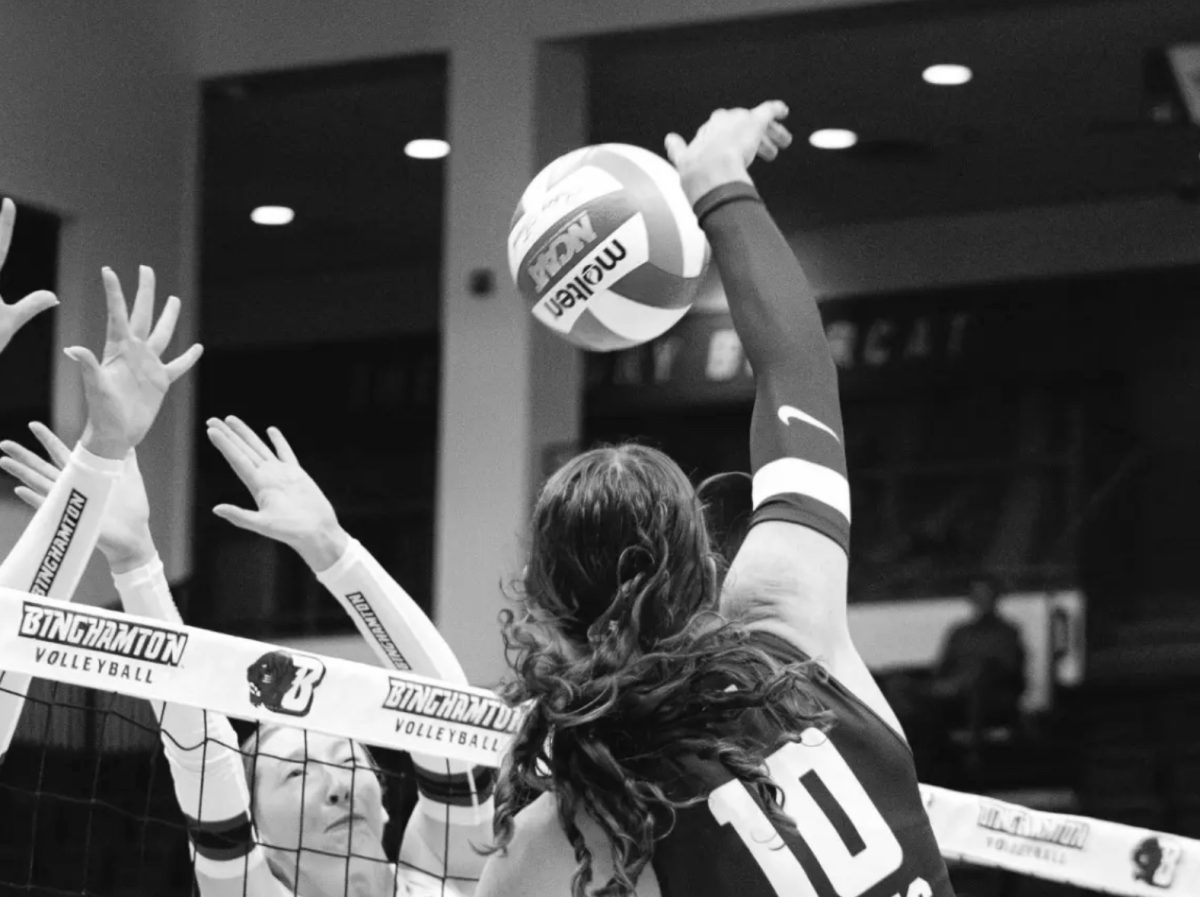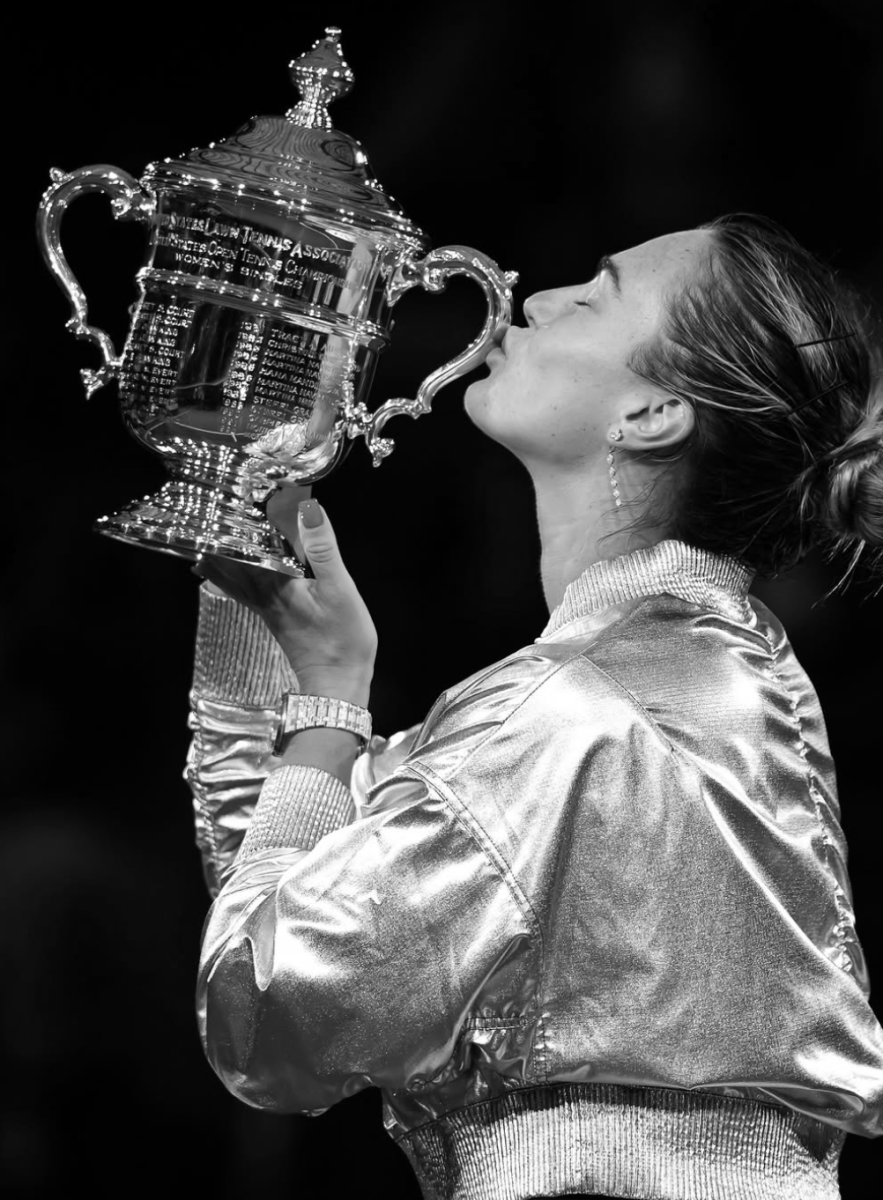By Nicholas Giampiccolo
BERLIN — Many young people view Berlin as the party capital of Europe. Thoughts of Berlin evoke images of world-famous clubs like Berghain or rooms smaller than Dagger John’s, hidden three courtyards deep into an apartment building in Kreuzberg. One might think of Checkpoint Charlie and the wall that divided East and West Berlin (a divide that is still evident today).
Maybe one would even remember the remnants of National Socialism that constantly hide behind every pre-war structure, haunting German history like a scar that will never go away. And these correlations are not wrong — those places very much exist, and they are some of the most fun, interesting and reflection-inspiring times I have ever had in Berlin.
But Berlin, the city that is described as “always ‘becoming’ and never ‘is’” because of the constant destruction and change it has faced within the last 113 years, faces another issue. Hundreds of thousands of refugees from the Middle East are pouring into Germany from its southern borders. The German government expects 800,000 refugees to arrive by December 2015. Berlin, with the largest Turkish population of any city outside of Turkey, is already a diverse coalition of cultures; however, many people have conflicting views on the German government’s high tolerance for refugees.
Many say that Berlin has nowhere to house these refugees, and some groups, like Patriotic Europeans Against the Islamisation of the Occident (PEGIDA) feel the presence of Islam as well as Islamic population in Germany, is harmful in and of itself. Government officials in opposition to the tolerance say that the paperwork (pro-tip: Germans LOVE paperwork) for the number of people seeking asylum is impossible to do in a timely manner.
My experience, however, has been the exact opposite. On the day I am writing this, Sunday, Sept. 13, 2015, there have been German citizens lined up for days at the Berlin Hauptbahnhof welcoming refugees as they arrive at their destination.
Yesterday, I was part of a parade of people from all races, religions and nationalities walking with refugees down Unter den Linden (Berlin’s most famous street) in solidarity and support. I walked past people giving food, clothing and supplies to refugees sleeping on the streets, and even Berliners sleeping right next to them to keep them company.
The main symbol of Berlin is the Brandenburg Gate, the remnants of the main entrance into the city. For many, Berlin is a city of passage — entering through its gates means what could be a chance at a new start, a different life and a safe haven. Berliners understand that, having suffered though Russian-Allied division for fifty years.
Berliners know more than anyone that people who need help deserve it regardless of their background. Some might try to tell you that Germans, Berliners in particular, are a tough bunch. After being here, I have realized that tough can be a good thing. You have to be tough to persevere throughout history.



